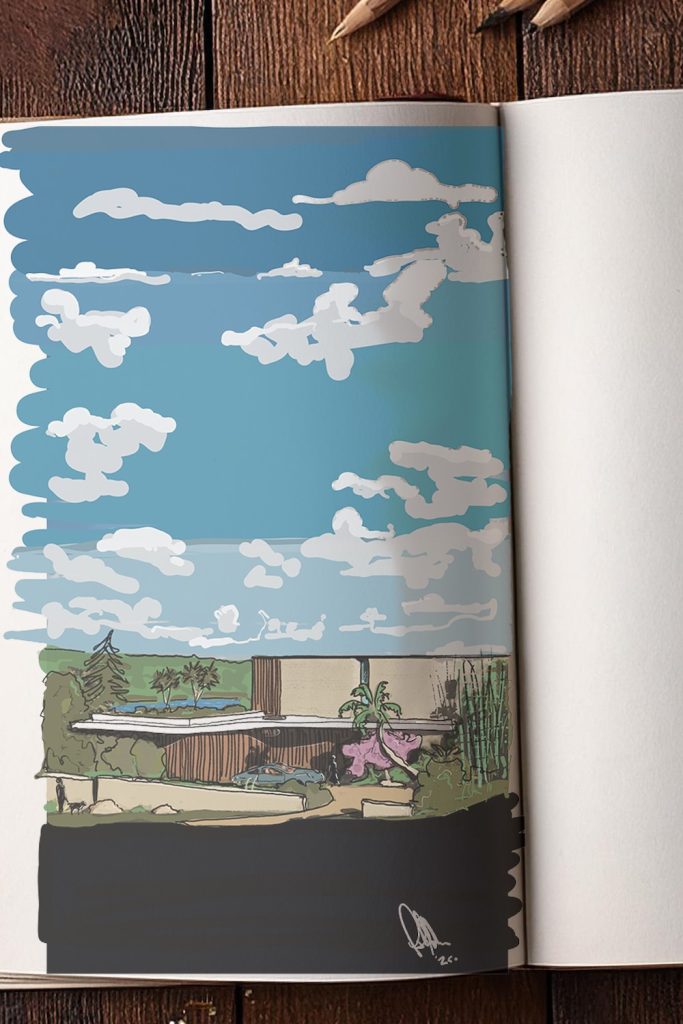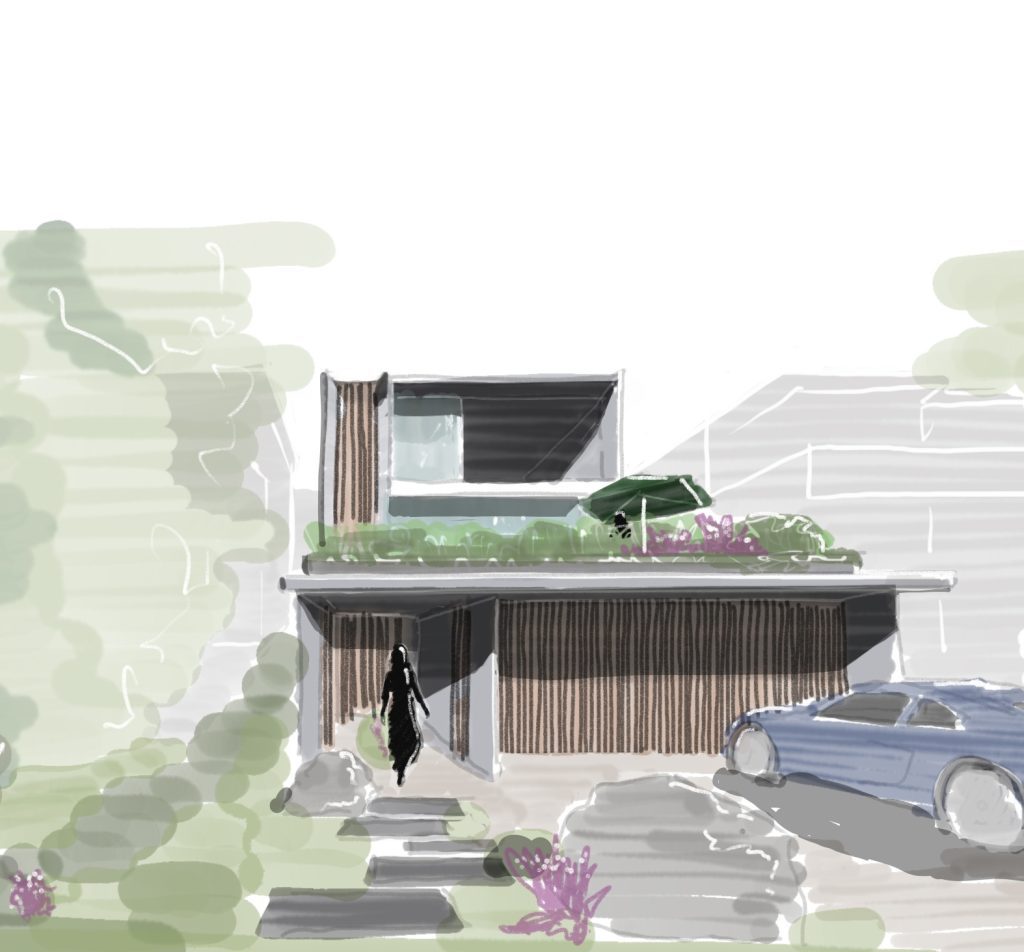Evolving the Coastal Language
Building on our earlier reflections on Brazilian influence in coastal architecture, this piece explores how Buck & Simple’s work has evolved that lineage into something uniquely Australian. Through projects like Casa Figueira, Little Birch and Gateway House, we’re shaping a new language of coastal living, one defined by warmth, texture and connection.
We’ve been delighted to see our work associated with the Brazilian-influenced approach to Australian coastal architecture. It’s a connection that feels right to us. The shared values of warmth, texture and openness resonate deeply with how we think about living by the coast. Yet as our projects evolve, we’re finding that what began as influence has grown into something distinct – our own developing version of the coastal style.
From Influence to Identity
Brazilian modernism offered us a language of generosity and connection – homes that open to the landscape, breathe with the climate and celebrate material honesty. In our work, those principles merge naturally with the Australian coastal condition. The result is a calm and grounded architecture that captures the rhythm of coastal life: spaces defined by shadow and breeze, texture and light, calm and craft.
We don’t try to replicate a look. Instead, we take cues from what that lineage stands for – simplicity elevated by richness, restraint balanced by warmth, a home that feels lived-in from the day it’s complete. Over time, this has become less about borrowing ideas and more about shaping a design approach that feels uniquely ours.
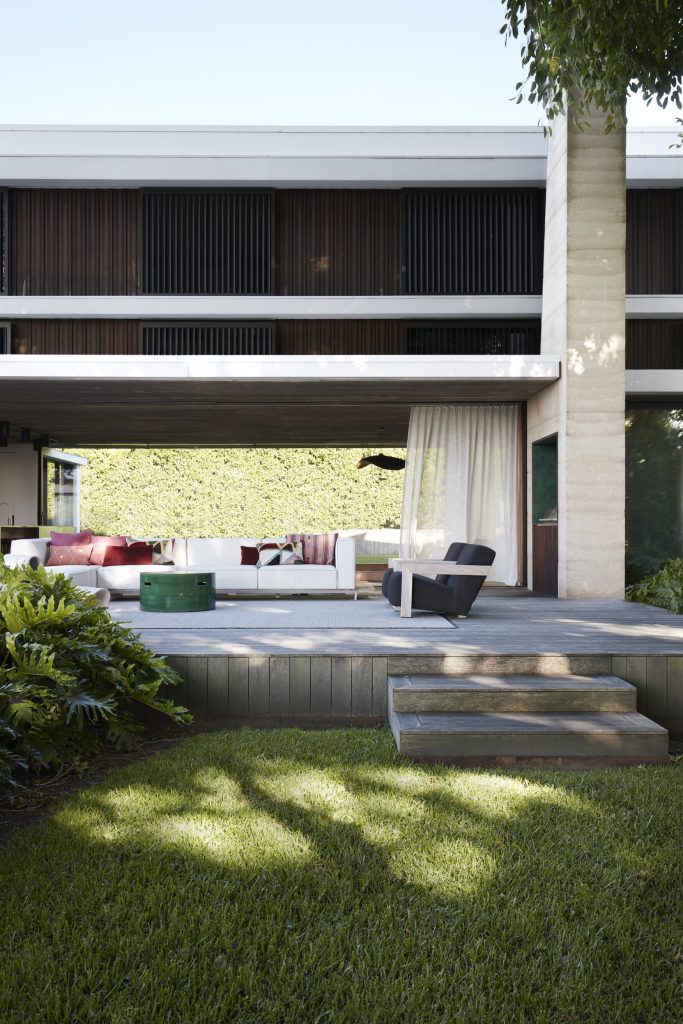
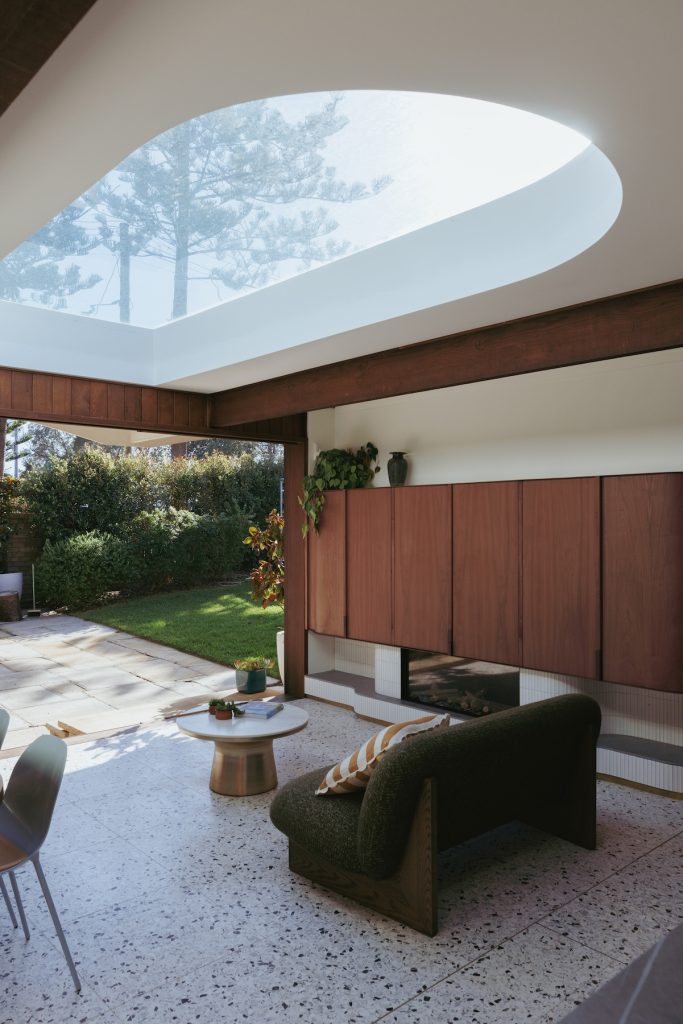
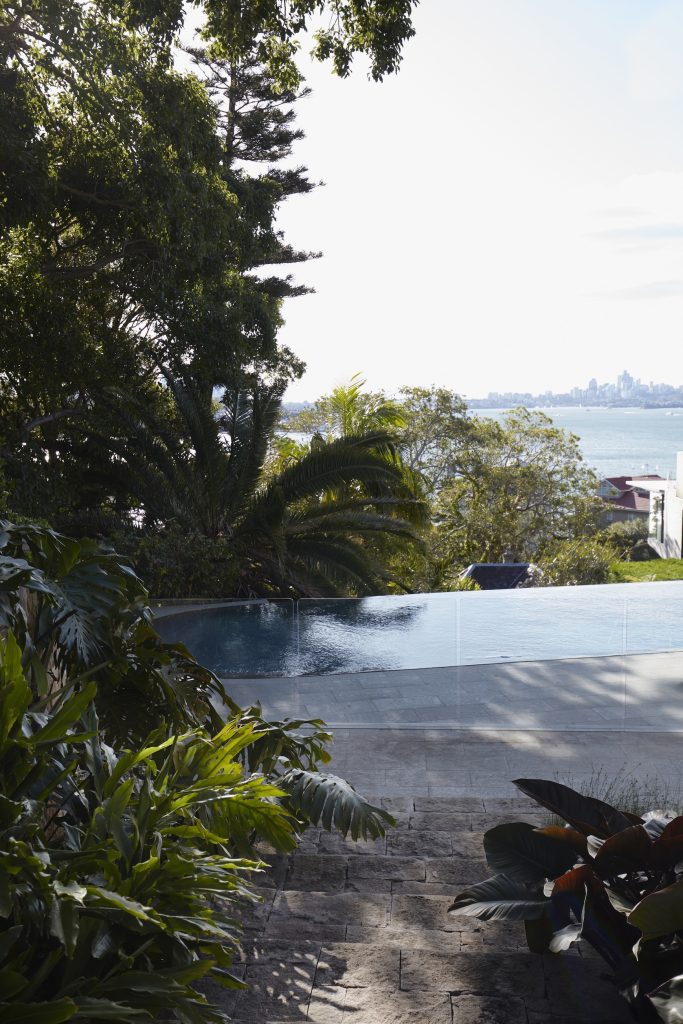
The Return of Texture and Craft
There’s been a noticeable shift in how people want their homes to feel. After years of crisp, pared-back minimalism, many are seeking something more tactile and expressive. Smooth, white surfaces are giving way to texture, variation and materials that hold depth. It’s a shift we welcome.
In our projects, texture is not decoration – it’s a way of creating atmosphere. A rendered wall with a subtle grain catches the light differently throughout the day. Stone and timber bring natural warmth to a cool breeze. The irregularity of a hand-worked surface softens hard geometry and invites touch. These small details bring human scale and emotion to modern living.
You can see this clearly in Casa Figueira in Sydney’s Eastern Suburbs, where layered finishes and sculpted form create a sense of effortless calm. The interplay of polished and raw surfaces, paired with generous openings, allows the home to feel both grounded and fluid – a quiet reflection of coastal modernism at its most refined.
In Little Birch, also in the Eastern Suburbs, we explored a slower kind of living. Its gentle transitions between indoor and outdoor zones capture a relaxed rhythm that mirrors its setting. Materials are left honest and tactile, creating a home that unfolds gradually rather than reveals itself all at once.
Further north, Gateway House on the Northern Beaches expresses another dimension of our coastal approach. Broad spans and generous connections across living spaces anchor the home within its landscape, allowing openness without sacrificing intimacy. The home celebrates both the scale and softness of coastal living.
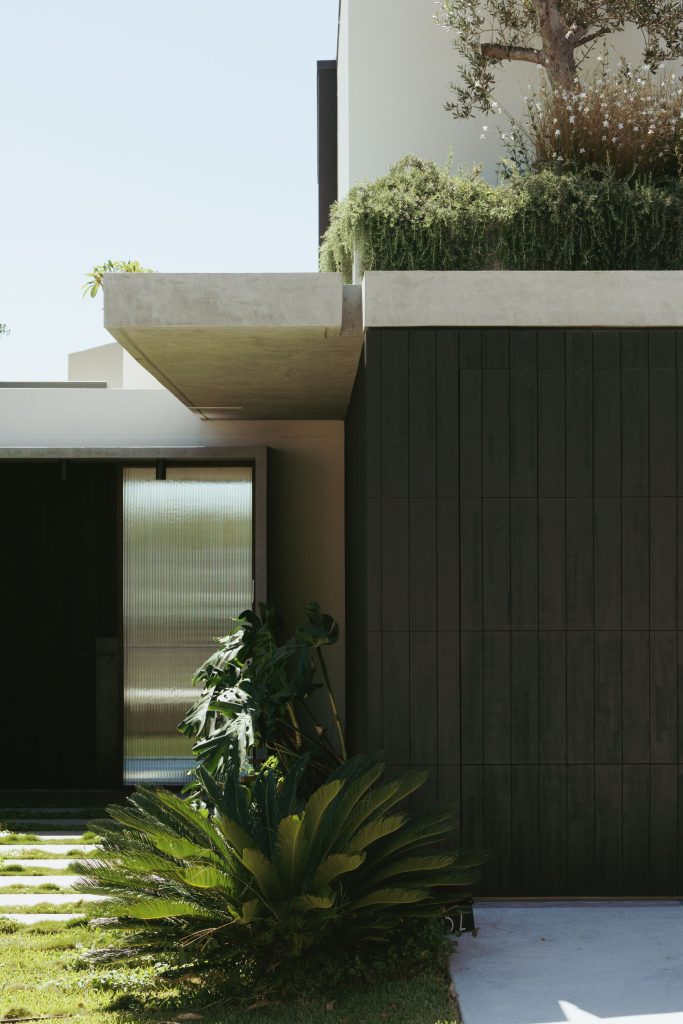
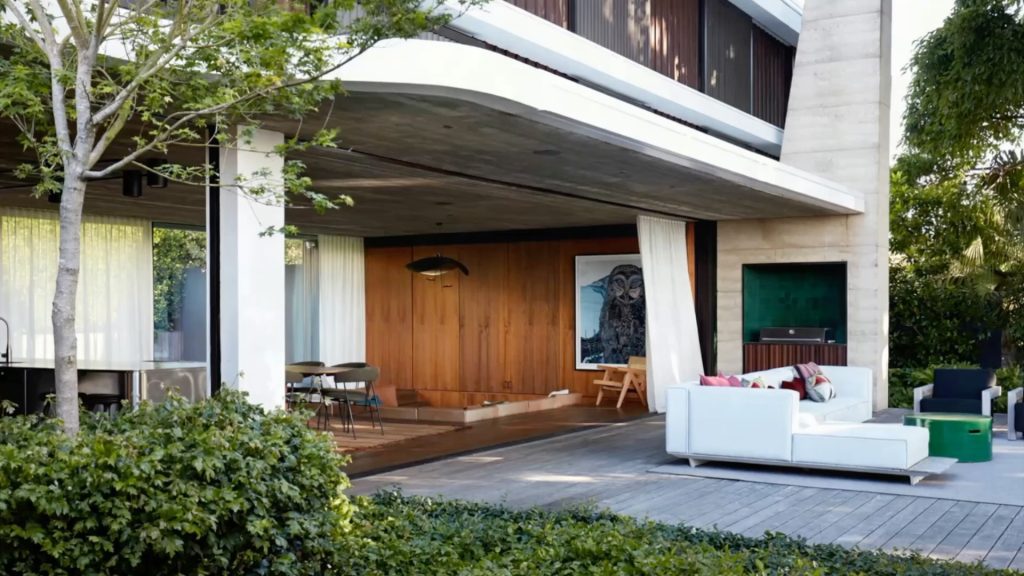
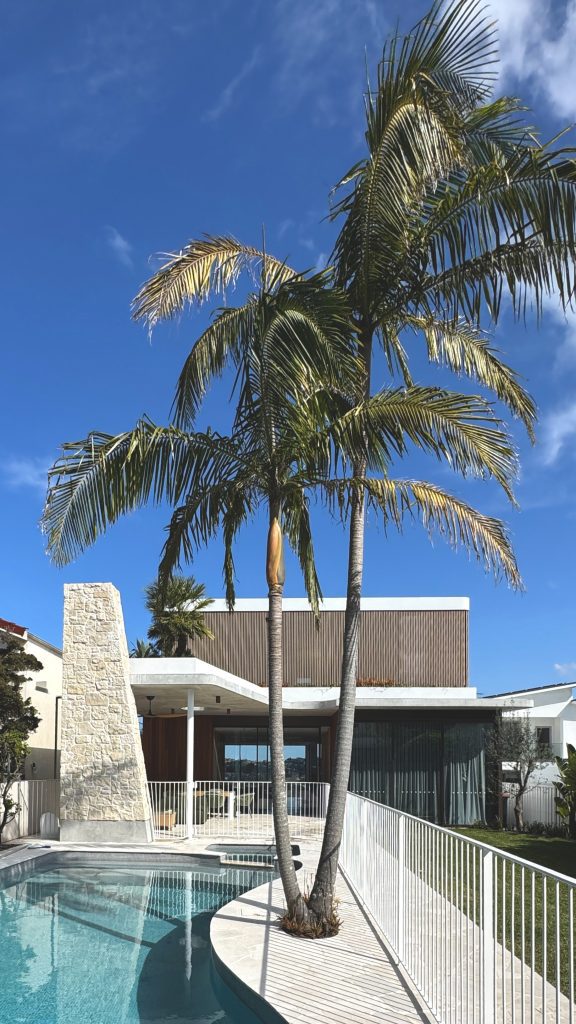
Light, Air and Connection
The coastal environment rewards homes that engage with their surroundings. Our work continues to explore the thresholds between inside and out, between shelter and openness. Deep overhangs, sliding screens and shaded courtyards allow spaces to breathe while maintaining comfort. It’s about living with the climate, not against it.
Landscape plays an equal role. Gardens are drawn close to the architecture, softening edges and weaving natural texture into daily life. Breezes move through spaces that are layered rather than sealed. Views unfold gradually, creating a rhythm of light and shadow that shifts throughout the day.
Defining the Coastal Style
As our projects along the Northern Beaches and Eastern Suburbs evolve, a clearer language is emerging – one rooted in coastal modernism yet defined by craft, texture and calm. It’s a style that feels both international and distinctly local. We see it as a maturing of coastal architecture in Australia: modern but relaxed, refined but never austere.
The materials we use, the way we treat light and shadow, the attention to texture – these are all ways of expressing a deeper idea of coastal living. It’s not about a trend or a palette. It’s about creating homes that feel connected, enduring and quietly joyful.
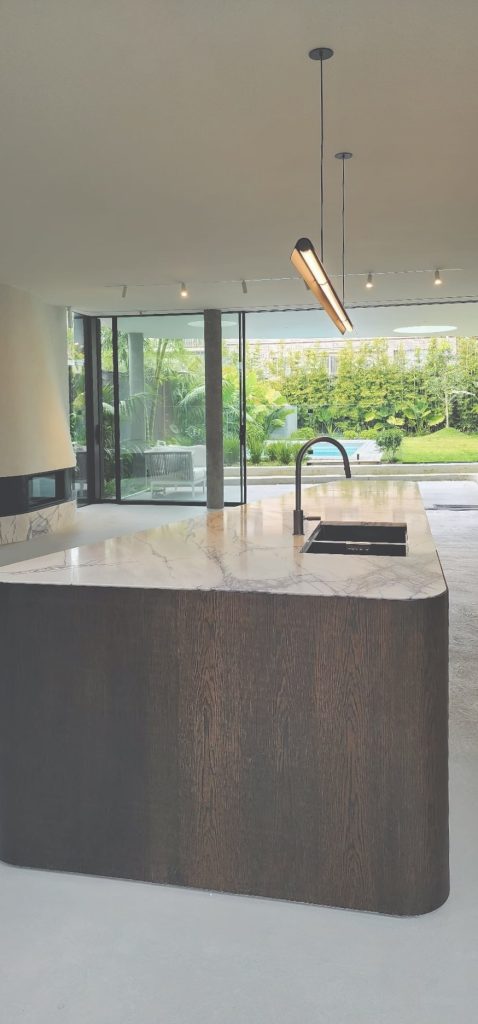
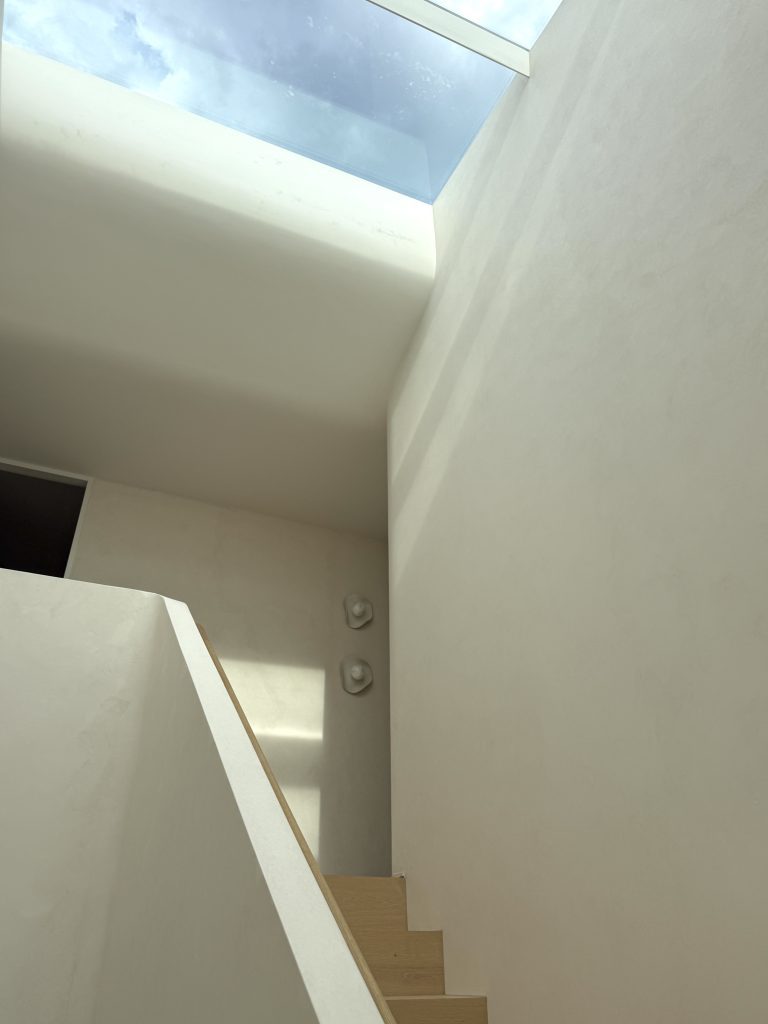
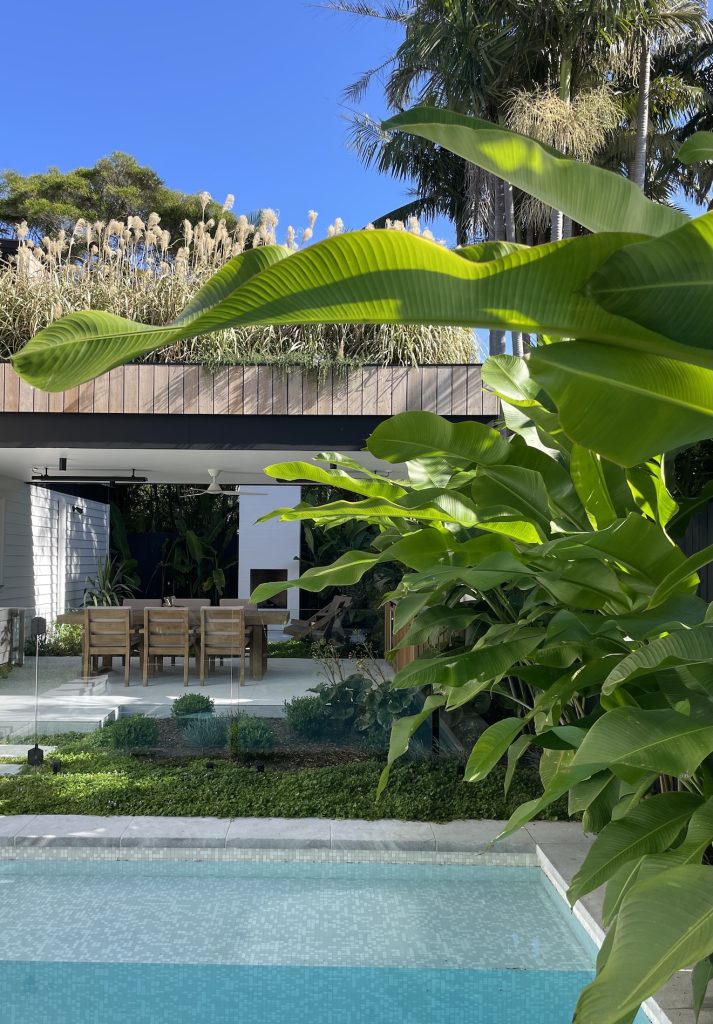
Looking Forward
This sensibility continues to guide our upcoming projects. The Fold in Freshwater and Punto di Vista in Balgowlah Heights both extend our exploration of how texture, form and openness can shape new ways of living by the coast. Each project builds on what we’ve learned – the calm tactility of Little Birch, the sculptural confidence of Casa Figueira, the broad connectivity of Gateway House – refining what we now consider our own coastal language.
We’re proud to be part of this ongoing conversation about what coastal architecture can be. The Brazilian influence remains a touchstone, but what excites us most is how it continues to evolve in our hands. Each project adds a layer of understanding, another refinement of this language – one rooted in materiality, landscape and the experience of coastal living.
